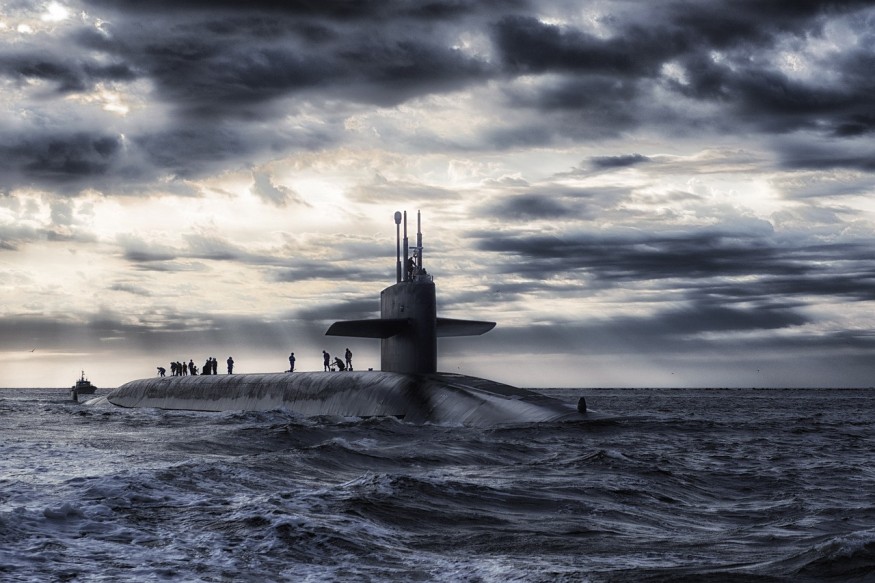
A British submarine from World War II, which helped usher to the special operations era, was found sunk off the Greek coast.
British World War II Submarine Found
According to Live Science, Kostas Thoctarides, a veteran Greek driver, explained in a Facebook Post that his team was able to find the HMS Triumph wreck in the Aegean Sea. The exact location remained undisclosed; Thoctarides explains that it was roughly 666 feet deep and tens of kilometers off the Cape Sounion.
Finding HMS Triumph has been the pursuit of Thoctarides and his team for over 20 years. They were already able to find the wrecks of four other submarines, such as the HMS Perseus, but the discovery of the HMS Triumph was remarkably hard.
Thoctarides posted some footage and shots of the wreck, showcasing a cannon, steering wheel, and compass. He explains that the retracted periscope and closed hatches show that the submarine was diving when it eventually sank.
CBS News reports that the submarine's search started in 1998. Thoctarides explains that looking for it was the most difficult mission that he has ever undertaken.
Rena Giatropolou Thoctarides, one of the members of the search team, explained to Live Science that the submarine's fore section was badly devastated by a blast that could have sank the structure. However, it is not clear whether this blast was internal or external.
Thoctarides adds that the wreckage is treated with respect as it is the wet grave of 64 individuals, Fox 6 Now reports.
HMS Triumph
The HMS Triumph was deployed in 1938 and pulled off over 20 missions during World War II, including attacks on submarines and Axis ships across the Mediterranean Sea.
However, HMS Triumph is best known for its participation in covert missions. Such operations included the infiltration of enemy territories in Greece to aid resistance and the rescue of Allied soldiers trapped within North Africa.
Naval records also indicated that the submarine secretly moved into Despotikos Bay in December 1941. On the 30th, it transmitted an encrypted message to report that it was able to drop off a team of British intelligence and that it was set to rescue over 30 British escapees from Antiparos on the 9th of January.
However, the submarine never appeared, and the escapees ended up getting arrested. Live Science notes that on January 23, 1942, the submarine, which had a crew of 64 people, was listed as missing.
Giatropoulou notes that all 64 heroes on board could have died as the submarine sank, as the structure was diving deep and every hatch was closed. Giatropoulou adds that the submarine should thus be treated with sanctity and respect as it serves as a maritime war grave.
RELATED ARTICLE : World War II 'Horror Bunker' Found in China; Unit 731 Could Have Used It To Run Brutal, Sadistic Human Experiments
Check out more news and information on Archaeology in Science Times.












